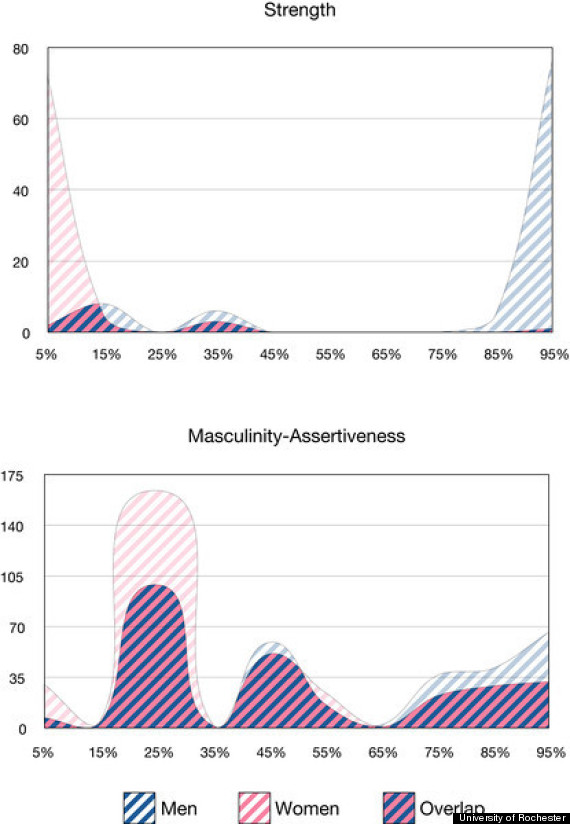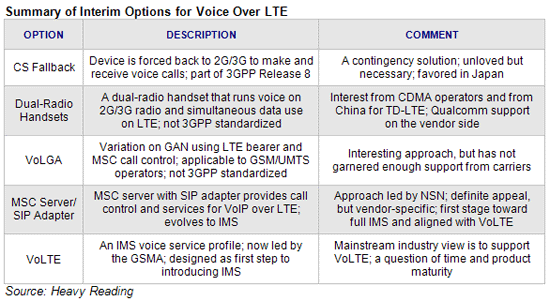A yet to be published Wharton study by Colin Ward predicts that by 2033 IT sector will transition to decline phase by 2033. He applied asset pricing to find future valuation of IT sector. His model indicates that growth of IT sector is already in the transition phase and transition to end roughly by 2033. He cliams to "develop a new method that puts structure on financial market data to forecast economic outcomes."
"I apply it to study the IT sector's transition to its long-run share in the US economy, along with its implications for future growth. Future average annual productivity growth is predicted to fall to 52bps from the 87bps recorded over 1974-2012, due to intensifying IT sector competition and decreasing returns to employing IT. My median estimate indicates the transition ends in 2033. I estimate these numbers by building an asset pricing model that endogenously links economy-wide growth to IT sector innovation governed by the sector's market valuation.", He elaborates.
The paper is accessible at
The paper is accessible at
https://dl.dropboxusercontent.com/u/11770278/JMP_Ward_ITrevolution.pdf
If you find the paper little too technical and finance-oriented for your interest, there is another way of testing the hypothesis. We could try to extrapolate the future based on the patterns that we see now. The way we see the IT industry today was unimaginable in 1974, though people consider 1974-80 to be the beginning of the growth of the industry. The industry experienced the growth
in massive scale during 1995-1999 and most of that rode on banking industry's fear of Y2K glitch. Once that crest passed, the industry saw first massive slump in 2001. Very few imagined that trough will come so soon after crest, because it was never seen before. Industrial revolution lasted for a long time before people saw the economy decline.
People accepted dot-com bust to be credible explanation although banking industry's IT budget also showed fast contraction right after year 2000. Traditionally IT consumption always showed sharp increase or decline as an effect of overall economy's growth/collapse.
One must not miss the fact IT needs are not fueled by direct consumption from the consumers [which has direct impact on real-estate, manufacturing, luxury and cosmetics items, electronic equipment etc] but by those industries that serve
the consumers and those industries increased IT budget as a response to threats such as probable banking software malfunction due to Y2000 round up or pressure from business consolidation.Business consolidation happens organically in any industry when growth slows down and large players invest in IT to leverage information availability. Thus a bank upgrades its back-end software and IT hardware as a need to remain competitive [it improves scale of operation, information flow and customer response] when it faces slow growth. Retail
industry upgrades its CRM and analytics software in order to capitalize faster the retained data of its consumer base. Now once they upgrade (spend in IT) their IT setup, next upgrade would happen only if they outgrow their present capacity.
There is another dimension to it. Given that the IT providers themselves are coming up with innovations faster that brings down the overall cost of IT in order to remain competitive, the value of IT erodes faster. For example setting up a CRM for a retail chain is lot cheaper today when compared to that a decade back. The solution today is lot more open, agile and powerful compared to what they used to get a decade back.
Compare this with any other Industry e.g. automobile or nuclear reactor. The price of automobile such as Toyota Corolla has consistently gone up over the years and so has the cost of a nuclear reactor. Unfortunately same cannot be said about IT produces.
Also over the last few years, industries witnessed fast transition from in-house IT setup to outsourced IT setup. Salesforce has consolidated CRM of many of its clients who earlier had their own CRM solutions. Salesforce thus brought down the consolidated IT expenditure of its clients to a fraction of what they used to spend together. And it is clear that this transition is going to be faster in next 10 years as SAAS become mature and more secure. IT budget will shrink sharply once the transition reaches 70-80% of total market. Mainstream industries will not buy IT product, they will simply consume IT as service, just like they consume electricity or water. Net effect? Growth disappears!
Colin's model gives us another tool to reach the same conclusion, albeit with far more analytical rigour.
If you find the paper little too technical and finance-oriented for your interest, there is another way of testing the hypothesis. We could try to extrapolate the future based on the patterns that we see now. The way we see the IT industry today was unimaginable in 1974, though people consider 1974-80 to be the beginning of the growth of the industry. The industry experienced the growth
in massive scale during 1995-1999 and most of that rode on banking industry's fear of Y2K glitch. Once that crest passed, the industry saw first massive slump in 2001. Very few imagined that trough will come so soon after crest, because it was never seen before. Industrial revolution lasted for a long time before people saw the economy decline.
People accepted dot-com bust to be credible explanation although banking industry's IT budget also showed fast contraction right after year 2000. Traditionally IT consumption always showed sharp increase or decline as an effect of overall economy's growth/collapse.
One must not miss the fact IT needs are not fueled by direct consumption from the consumers [which has direct impact on real-estate, manufacturing, luxury and cosmetics items, electronic equipment etc] but by those industries that serve
the consumers and those industries increased IT budget as a response to threats such as probable banking software malfunction due to Y2000 round up or pressure from business consolidation.Business consolidation happens organically in any industry when growth slows down and large players invest in IT to leverage information availability. Thus a bank upgrades its back-end software and IT hardware as a need to remain competitive [it improves scale of operation, information flow and customer response] when it faces slow growth. Retail
industry upgrades its CRM and analytics software in order to capitalize faster the retained data of its consumer base. Now once they upgrade (spend in IT) their IT setup, next upgrade would happen only if they outgrow their present capacity.
There is another dimension to it. Given that the IT providers themselves are coming up with innovations faster that brings down the overall cost of IT in order to remain competitive, the value of IT erodes faster. For example setting up a CRM for a retail chain is lot cheaper today when compared to that a decade back. The solution today is lot more open, agile and powerful compared to what they used to get a decade back.
Compare this with any other Industry e.g. automobile or nuclear reactor. The price of automobile such as Toyota Corolla has consistently gone up over the years and so has the cost of a nuclear reactor. Unfortunately same cannot be said about IT produces.
Also over the last few years, industries witnessed fast transition from in-house IT setup to outsourced IT setup. Salesforce has consolidated CRM of many of its clients who earlier had their own CRM solutions. Salesforce thus brought down the consolidated IT expenditure of its clients to a fraction of what they used to spend together. And it is clear that this transition is going to be faster in next 10 years as SAAS become mature and more secure. IT budget will shrink sharply once the transition reaches 70-80% of total market. Mainstream industries will not buy IT product, they will simply consume IT as service, just like they consume electricity or water. Net effect? Growth disappears!
Colin's model gives us another tool to reach the same conclusion, albeit with far more analytical rigour.














